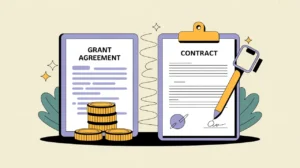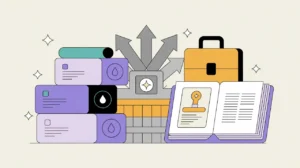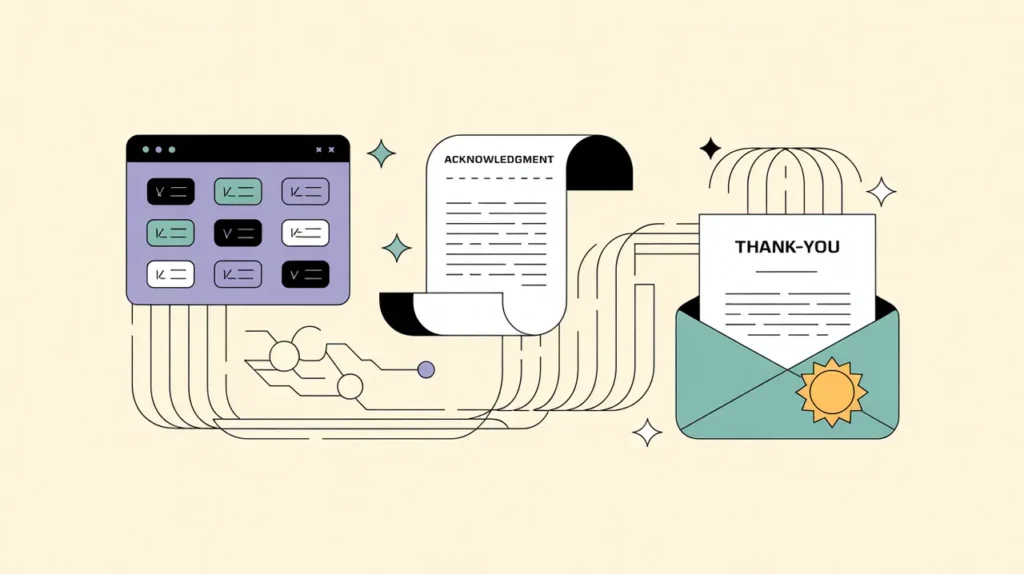What Does Fundraising Case for Support Involve?
A fundraising case for support is the central narrative that explains why a nonprofit deserves investment. It combines vision, evidence, and urgency into a compelling statement of need and impact. A strong case answers three questions: Why does this problem matter? Why is our organization uniquely positioned to address it? Why should the donor act now?
In practice, the case for support is a core strategic tool. It informs grant applications, donor meetings, campaign collateral, and digital appeals. The process of developing it requires alignment across leadership, program, and communications teams to ensure that the story is authentic, evidence-based, and mission-driven. A clear case allows fundraisers to present opportunities confidently and consistently, regardless of the audience.
Weak or outdated cases confuse donors and weaken trust. A strong case differentiates the organization in a crowded funding landscape, speaks to both the heart and the head, and builds momentum for campaigns. Done well, it transforms program details into a shared vision of impact that inspires donors to act.
What Competencies are Associated with this Role?
Crafting a case for support blends storytelling with strategy. Core competencies include:
- Synthesizing program goals into compelling narratives
- Translating complex data into accessible evidence
- Aligning program priorities with donor motivations
- Drafting and editing persuasive content across formats
- Designing supporting materials (decks, briefs, infographics)
- Applying brand voice and consistency
- Coordinating input from leadership, program, and finance staff
- Framing urgency and opportunity credibly
- Incorporating testimonials, stories, and human-centered examples
- Adapting messaging for diverse donor audiences
How Might AI and Automation Help this Role?
AI tools can support development of a case by accelerating drafting, analysis, and tailoring. Applications include:
- Generating first-draft narratives from program data
- Summarizing impact metrics into donor-friendly formats
- Suggesting headlines, taglines, or messaging variations
- Benchmarking organizational case language against peers
- Analyzing donor databases for message alignment
- Automating layout design for case briefs or decks
- Translating case materials into multiple languages
- Testing variations of appeals for donor response
What are the Roles by Experience Level?
Work on a case for support touches several roles, often with collaboration across fundraising and communications:
- Entry: Development Assistant, Communications Associate – gather data, edit drafts, format materials
- Mid: Development Officer, Proposal Writer – draft sections, adapt messages, align with donor priorities
- Senior: Development Manager, Campaigns Lead – oversee case development, ensure coherence across channels, manage design and production
- Executive: Director of Development, Chief Development Officer – approve final case, ensure strategic alignment, present case to major donors and boards
How Transferable are the Skills from this Role?
Case development skills are widely transferable. Within nonprofits, they support roles in communications, donor relations, program advocacy, and leadership. Beyond nonprofits, case-building parallels proposal writing, brand storytelling, marketing strategy, and corporate communications. The ability to translate technical details into compelling narratives is prized in consulting, policy, and business development. These skills also develop critical capacities in strategic framing, persuasion, and audience segmentation. Mastering the case for support equips professionals to be not only fundraisers but also effective communicators of vision and value in any sector.







